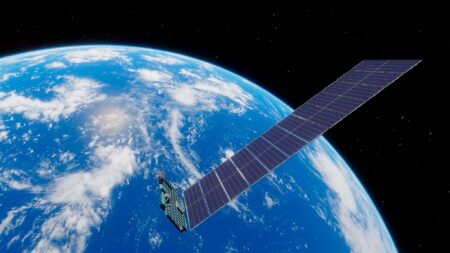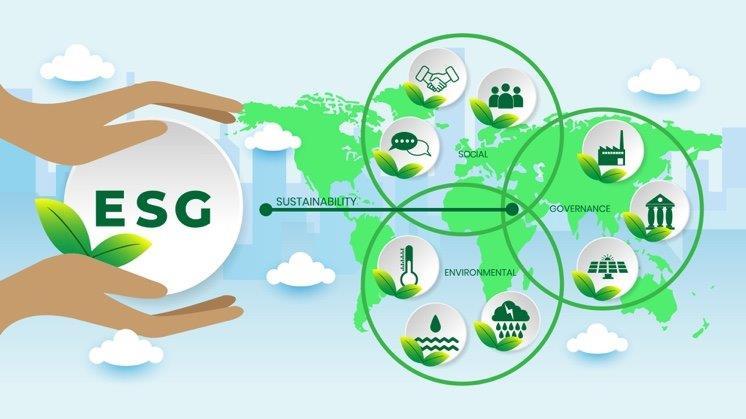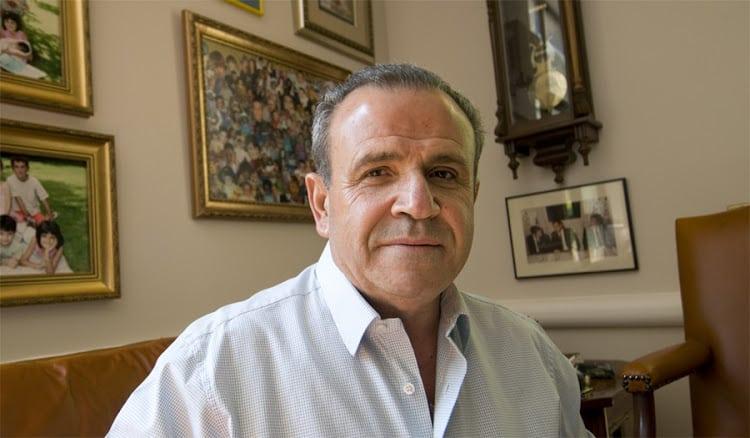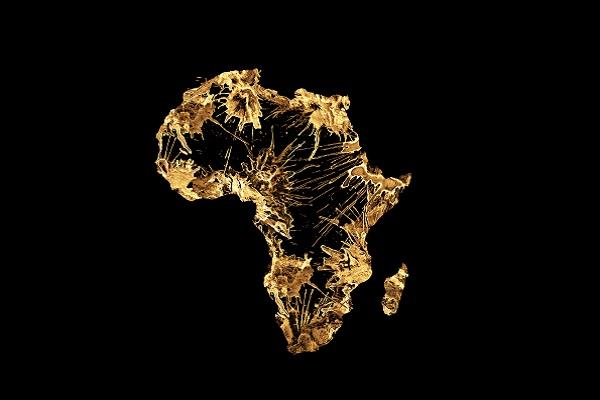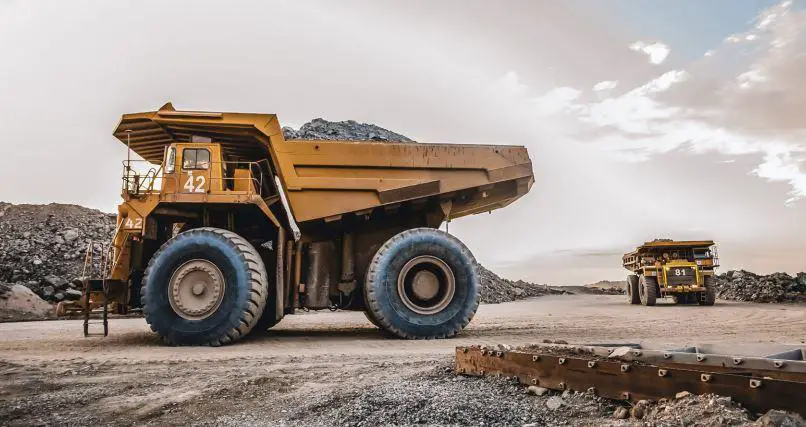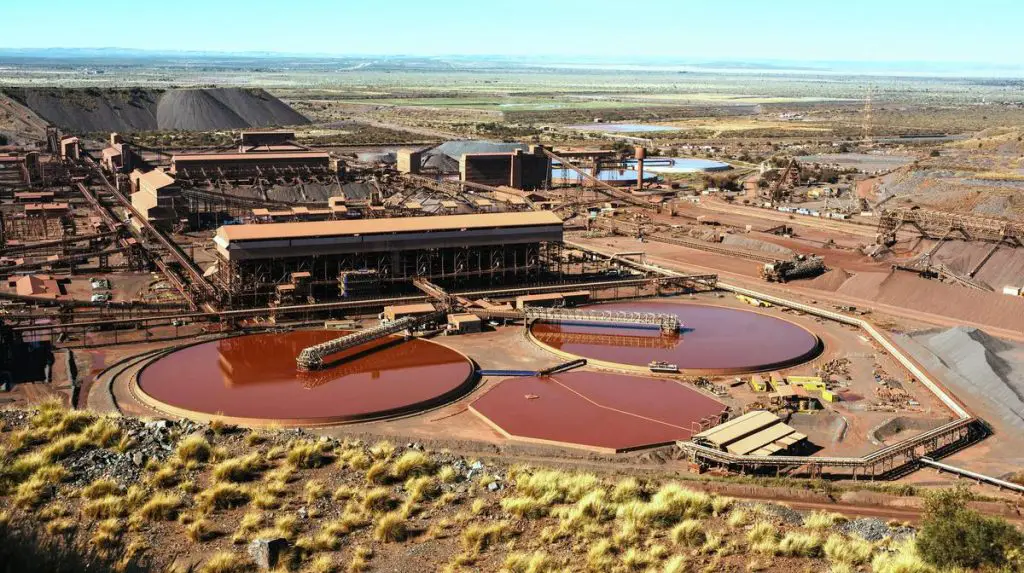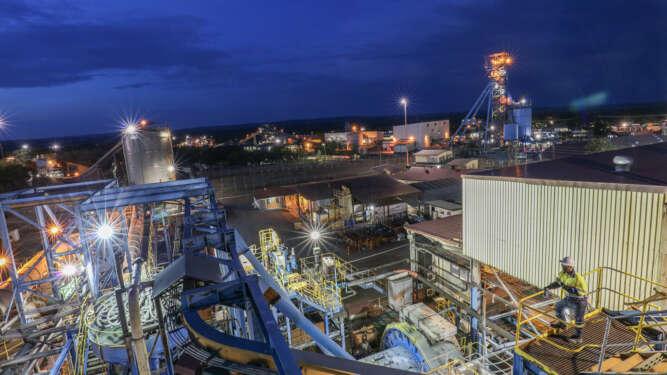- Africa’s new dawn: the rising role of digital and AI in agriculture
- Can Dangote Refinery Transform Africa Energy Ambition
- Gallup Survey: 80 per cent of Kenyan Workers Are Disengaged and Seek New Opportunities
- Madagascar Man Freed from 5KG Tumor After 15-Year Struggle
- How women in Africa are perceived and treated
- Sugar consumption in Kenya to Increase to 1.23 Million Tonnes
- Can Somalia and Turkey Oil deal Bring Change in Somaliland
- Remittances to Kenya dropped to $371.6 million in June, marking a six month low
Browsing: Africa Mining
Elon Musk applied for licensing to provide Tanzania with satellite Internet services; that was last year. This year, the Tanzania Communication Regulatory Authority (TCRA), has said, Musk’s Starlink, the company that provides the satellite internet services, needs only to complete the required procedure to set up shop in the country.
This response by Tanzania to Elon Musk’s application has stirred up controversy on Twitter with executives from both sides raising allegations and counter-allegations.
On Elon Musk’s side, you have allegations of foul play by existing telecom giants in Tanzania lobbying to keep his Starlink from entering the market.
Also Read: Nickel: Africa’s new opportunity as Russia-Ukraine crisis rages on
On Tanzania’s side, you have authorities playing it safe with a clean-cut statement saying Elon Musk’s Starlink needs only to comply with the country’s regulation requirements, otherwise, Starlink is more than welcome to enter the market.
If the Twitter exchange is …
In terms of achieving net zero carbon emissions, the largest mining companies in the world have several options – each with merits and demerits – they can explore. Mining companies can either divest, decommission, reduce emissions in existing operations, and/or offset assets that produce high greenhouse gas emissions (GHG).
Achieving net zero presents a dilemma because many of the largest miners have made their goal of reaching net zero by offsetting current emissions either through purchasing carbon offsets or investing in solutions that mitigate climate change.
Divesting assets, which is something Anglo American did with their coal assets which they spun off into a pure play standalone coal miner, will decrease a miner’s GHG emissions on a standalone basis. This move simply makes the emissions another person or entity’s challenge. The transfer of assets to third parties increases the risk that those assets may not be de-commissioned promptly or appropriately …
- Platinum mining is where Loucas Pouroulis, the chairman of mining outfit Tharisa PLC made and then lost money and then made it again in South Africa. He is looking to make another fortune digging for platinum on the Great Dyke in Zimbabwe
- A look at the rise, fall and rise again of storied platinum mining entrepreneur Loucas Pouroulis.
- Tharisa PLC and Karo Mining Holdings, both Loucas Pourolis backed vehicles are the latest companies to venture into Zimbabwe’s rich Great Dyke platinum field
- Platinum mining is where Loucas Pouroulis and his family have made their wealth however the same mining sector nearly ruined his career 35 years ago
- Tharisa PLC through Karo Mining Holdings is developing a 150,000 platinum ounces a year project in Zimbabwe on the Great Dyke
Loucas Pourolis, the South African Greek-born mining entrepreneur knows a thing or two about rising from the obscurity of humble beginnings to
Investment in Africa has become ubiquitous.
The United Nations-sponsored publication African Renewal shares the generally held view that Africa’s time in terms of investment is now. Investment in Africa is indeed sound and should be an integral part of every multinational company’s expansion and growth strategy.
A word of advice is in order, however, to all executives mulling a decision to set up operations and investment in Africa. The continent for all its economic promise requires a circumspect and carefully calculated approach for all stakeholders considering an investment in Africa.
The mistake many multinational corporations make when it comes to investment in Africa is that they mistakenly take the approach that Africa is one homogenous market. This view assumes that if a strategy in one part of Africa is successful then it can be expected to work with the same degree of success in every part of Africa.
…This
The global mining industry for the last 6 years enjoyed rising commodity prices.
Record cash flows have provided mining houses with the ability to grow and invigorate their expansion strategies which in the future could include organic growth with a specific focus on sustainable processes. The mining industry is enjoying a commodity supercycle presently that is reminiscent of the period from 2009 to 2011. Increased commodity prices were the same reason for the supercycle then as they are now.
The global mining industry is central to the economic activities of countries in Sub-Saharan, central and southern Africa. This is why Africa and its countries are critical stakeholders in the global mining industry.
According to research by McKinsey & Company titled: “How to navigate mining’s cash flow conundrum,” a subsequent flurry of mergers and acquisitions activity and project investment resulted in capital expenditure “blow-outs”, bloated cost structures and asset write-downs.…
The company is part of the JSE listed industrial mining and metals sector which is collectively worth ZAR 5.46 trillion or (US$ 360.11 billion). It is the fifth-largest company in that sector. The company produces iron ore from two mines namely Sishen and Kolomela in South Africa.
Kumba Iron Ore’s finances during 2021 were premised on 3 things namely what the company described as “disciplined capital allocation” which involved the cash payouts to shareholders on the back of the improved return on capital ratios. The second aspect that drove the company’s financials was what it called “value-focused growth”. The company enjoyed a higher-than-average price for its ores.
It reportedly earned an average forward on board (FOB) export price of at least US$ 161 per ton which was 18% higher than the benchmark during 2021.…
Barrick Gold, the New York Exchange-listed mining company with deep business ties in Africa, has once again ignited strong business prospects in Tanzania’s mines—one of East Africa’s nation endowed with abundant minerals.
Within its statement, provided on Thursday, January 28, 2021, the miner stated that its mines in Tanzania are revived and performing well, this comes after Barrick gold resolved laid disputes raised by the government and ushered new dawn of partnership in the profitable sector.
“The North Mara and Bulyanhulu gold mines both produced near the top end of their production guidance in 2020, their first full year under Barrick’s management. Including Buzwagi, the Tanzanian assets delivered a combined output of 462,472 ounces for the year” the statement read in part.
Road to ignition of business
Barrick—the world second-largest gold miner took over Acacia mining and went through a rather historic path to secure business in Tanzania, after rather …





